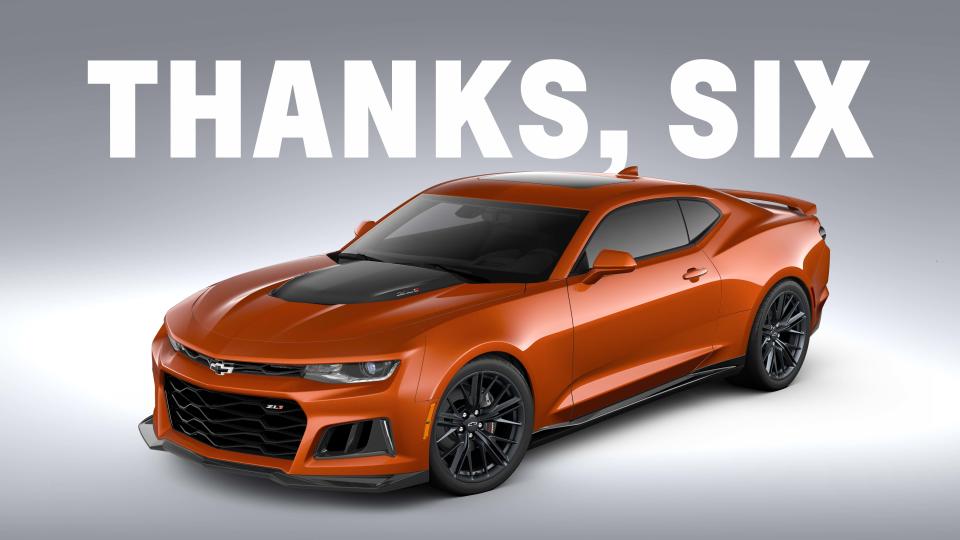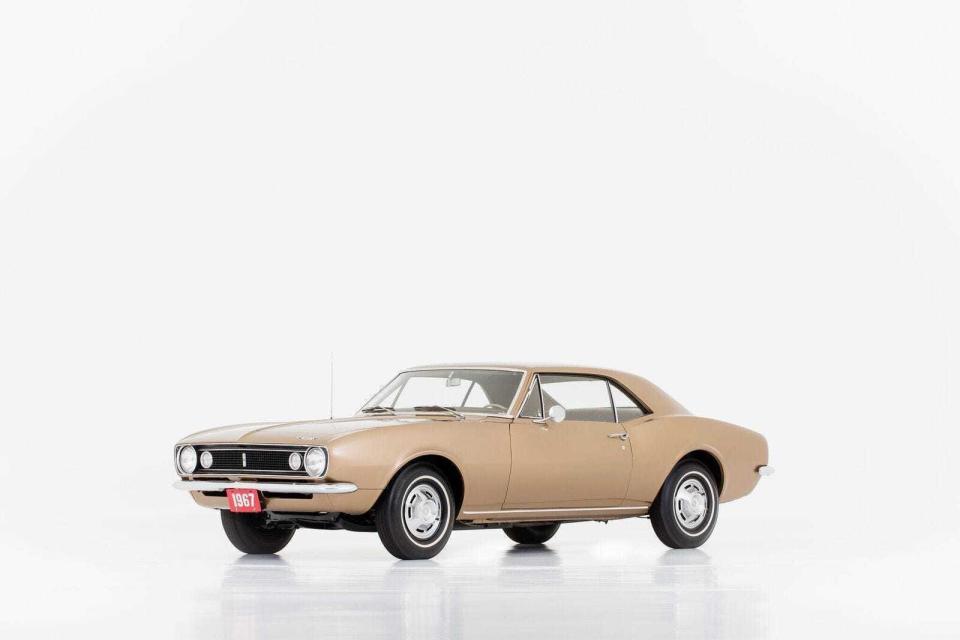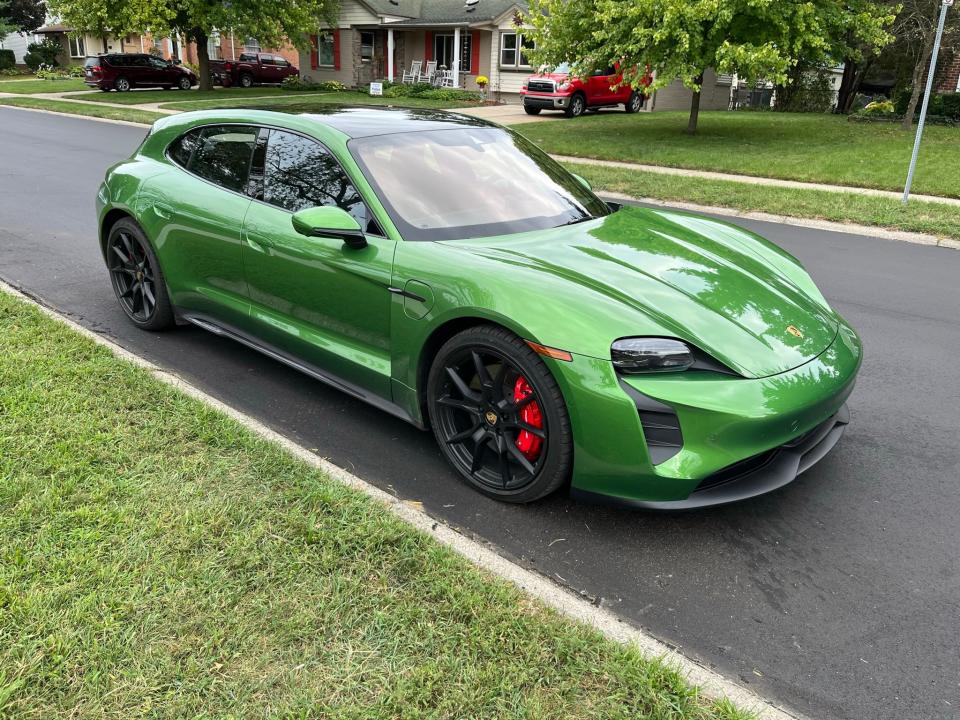The Chevy Camaro’s not gone forever, but the next one will be very different
I come not to bury the Chevrolet Camaro. Nobody should, really.
Reports of the Camaro’s death are exaggerated, as General Motors prepares to mothball the sporty car — again — following the 2024 model year.
The Camaro will be back, but the familiar nameplate is likely to return on a vehicle very different from the V8 coupe and convertible Chevy sells today. Brand boss Scott Bell virtually said as much this week: “This is not the end of Camaro’s story.”

Unlike Ford, which has devotedly kept the Mustang nameplate in continuous production since 1964, Chevrolet treats the Camaro not like it was made of glass, but as if it were in a case labeled “Break glass in case of Mustang.”
Chevy built the Camaro from 1966 through 2002, then let the nameplate lie fallow until the fifth generation went on sale in 2009 as a 2010 model.
GM has sold 875,000 Camaros since 2009. Sales have slipped in recent years, but a sporty vehicle with a familiar name and design could fit nicely into GM’s future lineup of electric vehicles.
Pony cars, yesterday, today and tomorrow
The Camaro debuted in 1966 as a ’67 model — the heart of the muscle car era — but it’s not a muscle car. Smaller and sportier, it was Chevy’s response to the incredibly popular Mustang. For Pete’s sake — in this case, Pete Estes, the late GM president sometimes credited with coming up with its name — the Camaro was a "pony car," a two-door competing in a class of vehicles created by, and named for, the Mustang.

Camaros have been good, sometimes great, spawning dramatic new looks, radical performance models and generally keeping Ford honest.
Management at the Blue Oval brand has a tendency to stand pat, developing a fine vehicle and letting it age into irrelevance. The Mustang’s advances often came in response to the Camaro, a half-century game of one-upmanship that made both better.
More:Chevrolet will end Camaro production in 2024 as it shifts to electric lineup
So expect to see the Camaro badge again, on one of the electric vehicles GM already is developing. It could be used on a family of models, but I’d make a small bet the cornerstone will be swoopy looking, with more interior space than the current cramped car, all-wheel drive, and a higher roofline.
If it’s good enough for Porsche …
Like Ford did with the electric Ford Mach-E, I expect the reborn Camaro to be a four-door with a higher seating position and better sightlines — just tall enough to be called an SUV. I can live without the gun-slit windows GM decided was a key element of Camaro design for the current, sixth-generation car though.
More:GM's white-collar workers face deadline to consider buyout offer from automaker
Low slung coupes are nearly extinct and fewer people miss them than most auto writers would have you believe. The Porsche Taycan Sport Turismo GTS proved an electric SUV can be as emotionally appealing as a traditional sports car.

It’ll be surprising if the seventh-generation Camaro isn’t — just like the first — a response to the Mustang. As it has on and off since the 1960s, I expect it to keep Ford honest and make American performance vehicles better.
Contact Mark Phelan: 313-222-6731 or mmphelan@freepress.com. Follow him on Twitter @mark_phelan. Read more on autos and sign up for our autos newsletter. Become a subscriber.
This article originally appeared on Detroit Free Press: Chevrolet Camaro: GM won't stop making it, but next will be different

